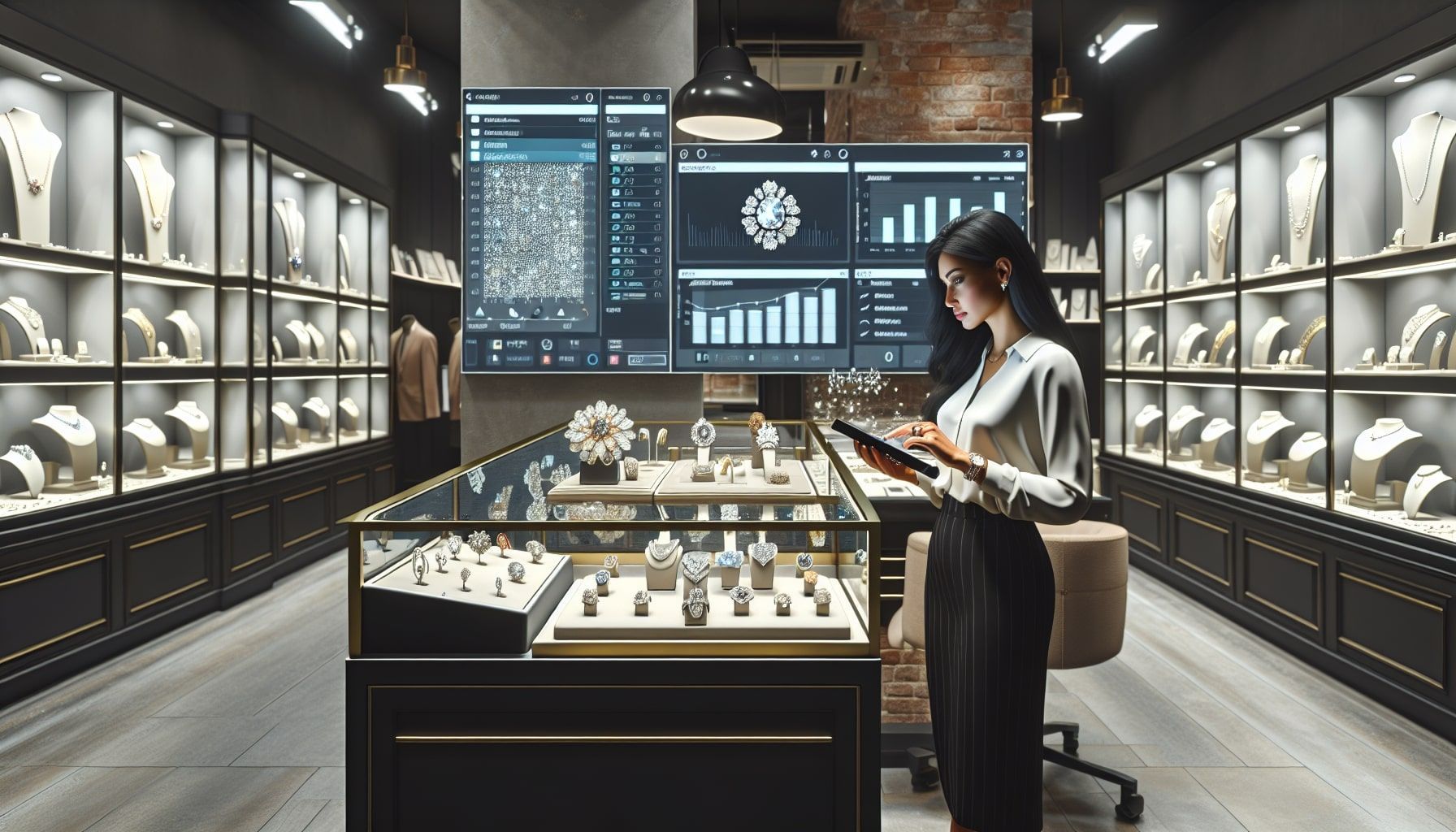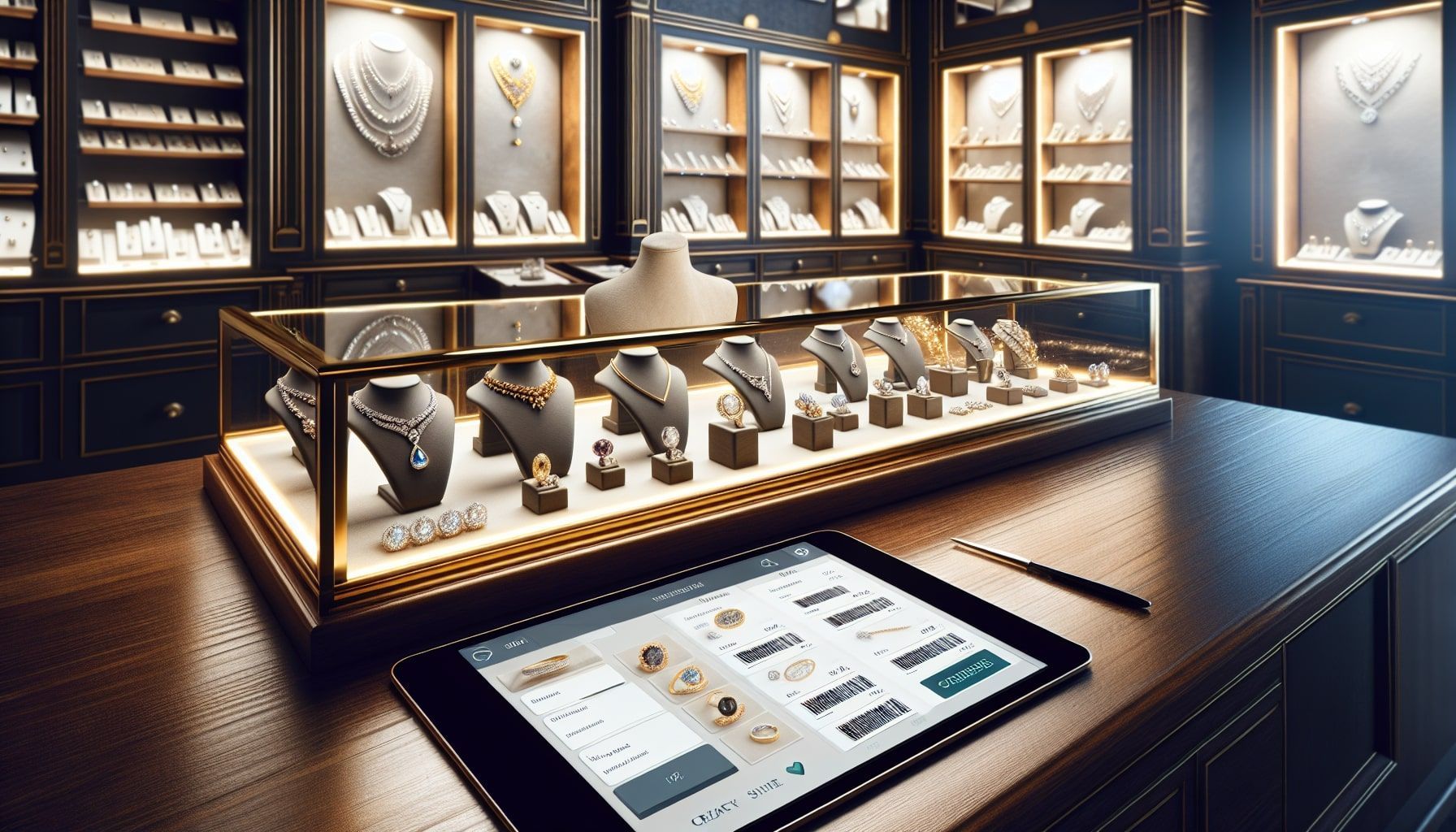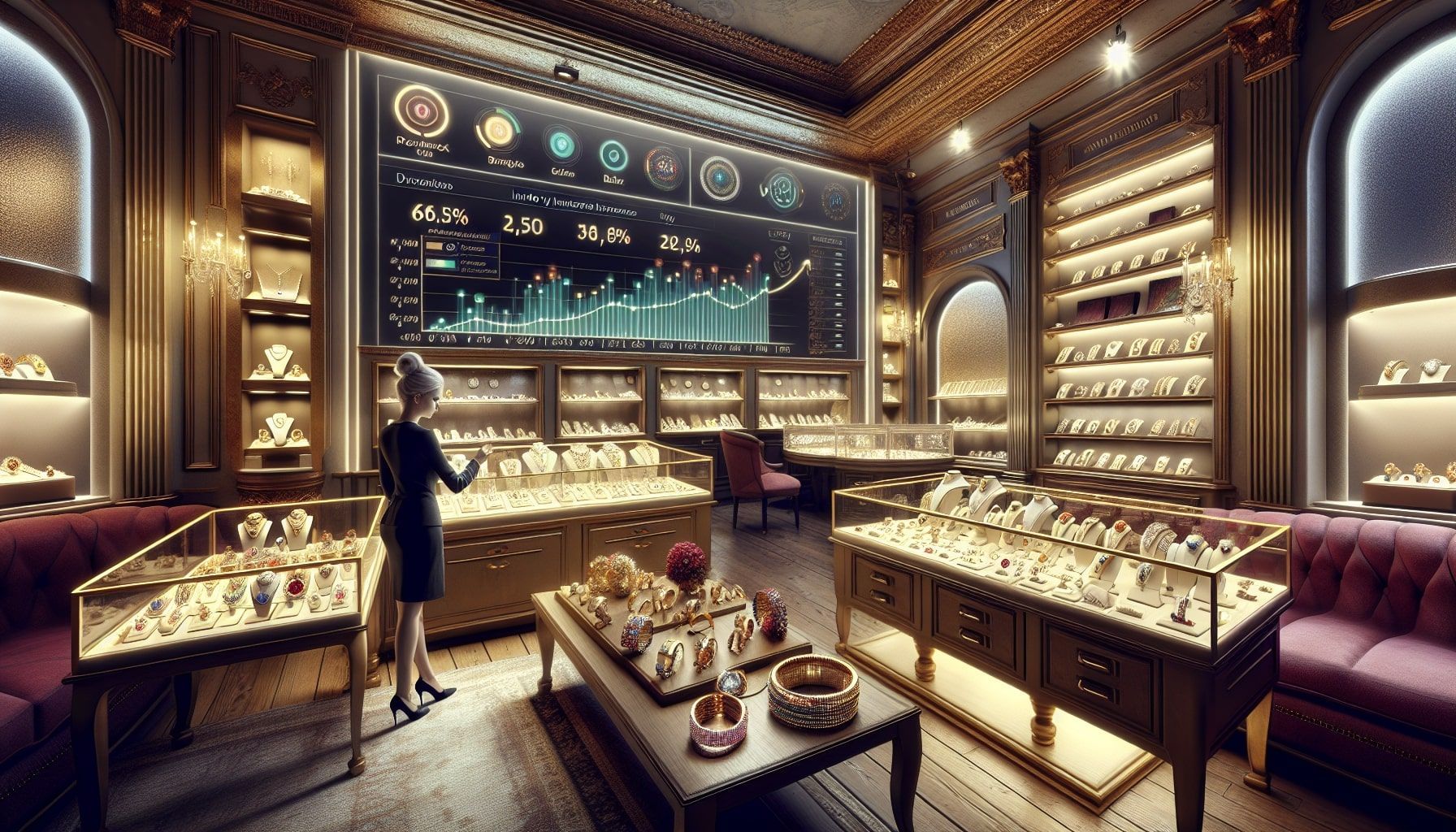How to choose the right inventory management system for your jewelry business
How to choose the right inventory management system for your business
As a jeweler, managing your inventory is crucial for the success of your business. A good inventory management system can help you not only increase your profitability but also serve your customers better. But how do you choose the right inventory management system for your business? In this article, we will guide you step by step through the process and provide practical tips and data-driven insights.
1. Understand the needs of your business
Before choosing an inventory system, it is essential to get a clear picture of the specific needs of your business. What type of jewelry do you sell? Are they intricate diamonds, handmade jewelry, or engagement rings? Each type of product has unique inventory needs and management.
Additionally, you should look at the scale of your business. Do you work alone or do you have staff? How many products do you have in your assortment? By answering these questions, you will gain better insight into what you need.
Pro tip: Make a list of all your products and categorize them. This helps you better understand what functionalities your inventory management system should have.2. Functionalities of an optimal system
There are several functionalities that a good inventory management system should offer. A few of the most important are:
Barcode scanning and tracking
Barcode scanning makes it quick and easy to register and track products. This speeds up the process of buying and selling.
Automatic inventory alerts
A good system can alert you when you fall below a certain inventory level. This prevents you from running out of popular products.
Reporting and analytics
One of the most powerful functionalities is the ability to generate reports and analytics. This helps you make strategic decisions about purchasing and selling.
Pro tip: During demos, explicitly ask about the reporting capabilities of the system. This can be crucial for your future growth.3. Integration with other systems
An inventory management system alone is not sufficient. It must also be able to integrate with other systems you use, such as your cash register or e-commerce platform. This ensures a streamlined workflow and avoids duplicate data entry.
Check if the system provides API access, so you can easily connect with third-party software.
Pro tip: Make a list of all the systems you currently use and check if the inventory management system you are considering is compatible.4. User-friendliness
The best system is of no use if your team cannot work with it. A user-friendly design is essential, especially if you have staff that are not technically skilled. The system should be intuitive and provide easy navigation.
Ask during the demos about the learning curve of the system. How much time does your team need to adapt?
Pro tip: Look for systems that offer free trials. This gives you the opportunity to try the system before committing to a long-term contract.5. Customer service and support
A reliable inventory management system should also provide excellent customer service and support. When you have questions or issues, you don't want to wait for a solution.
Check if the provider offers training and support, or if a comprehensive knowledge base is available. Good customer service can save you a lot of time and frustration in the long run.
Pro tip: Read reviews from other jewelers about the customer service of the system you are considering. This can help you make an informed choice.6. Costs and ROI
The costs of an inventory management system can range from a few hundred to thousands of euros per year. It is important to look beyond just the initial costs, but also at the return on investment (ROI) .
The more efficient your inventory management is, the more you can save on operational costs. Think of less capital tied up in inventory, and less chance of loss due to theft or product obsolescence.
Pro tip: Estimate your ROI based on the specific results you expect from the new system, such as time savings and lower inventory levels.7. Future-proof
Technology continues to evolve, and just like your jewelry collection, you want your inventory management system to keep up. Look for a system that receives regular updates and adapts to changing market conditions.
Cloud-based systems often offer better scalability and can be updated more easily, meaning you will never fall behind on the latest functionalities.
Pro tip: Ask the provider about their roadmap for future developments and how they continue to improve their software.8. Demo and trial period
Before making a final choice, it is crucial that you test the system. Many providers offer demos or trial periods.
Take the time to thoroughly test the system and also involve your team in this evaluation. The more eyes, the better insight you will gain into the functionality and user-friendliness.
Pro tip: Create realistic scenarios you encounter daily and test how the system handles them. This gives you a realistic view of how it works in practice.Conclusion
A good inventory management system is an important investment for every jeweler. By taking the time to understand your needs, choose the right functionalities, and thoroughly evaluate the system, you can make an informed decision.
The right system can not only improve your operational efficiency but also help you serve your customers better and increase your profitability. Start exploring the options today and take the step towards better inventory management !

Take your store to the next level
Start automating and digitizing your store processes today. PrismaNote helps retailers with this. Discover what we can do for you via the menu above.
- George



















































